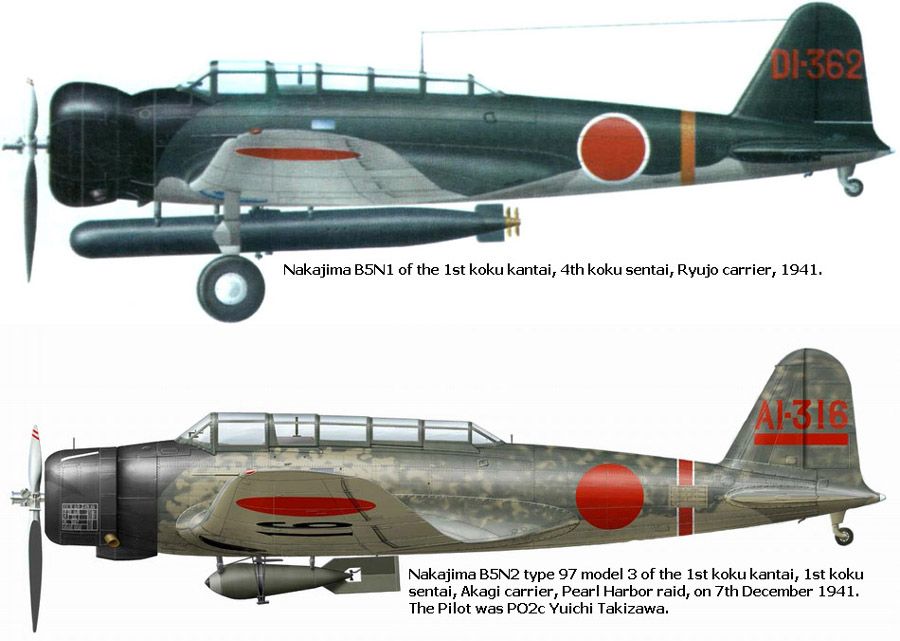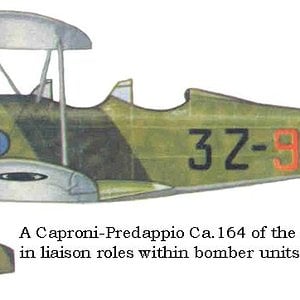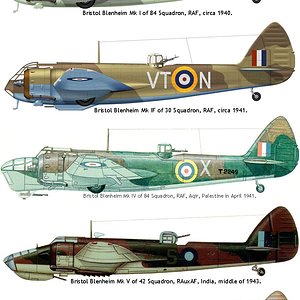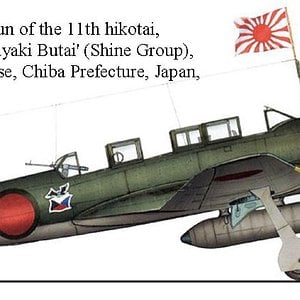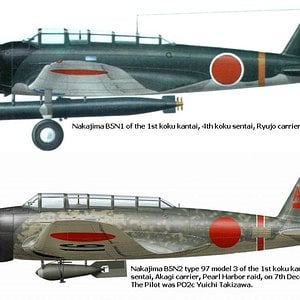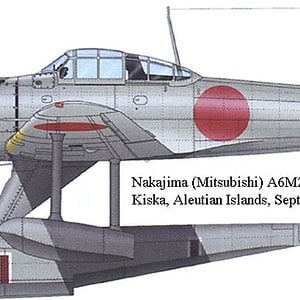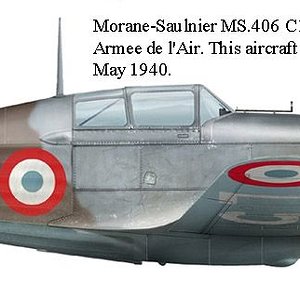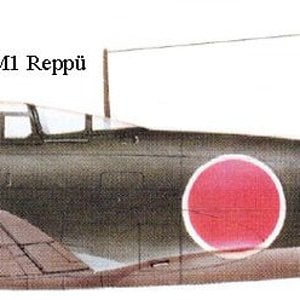Navigation
Install the app
How to install the app on iOS
Follow along with the video below to see how to install our site as a web app on your home screen.
Note: This feature may not be available in some browsers.
More options
You are using an out of date browser. It may not display this or other websites correctly.
You should upgrade or use an alternative browser.
You should upgrade or use an alternative browser.
The Nakajima B5N was in 1941 without question the best carrierborne torpedo-bomber in the world. Powered by a Nakajima Hikan radial engine, the low-wing three-crew monoplane with inwards-retracting wide-track landing gear was exceptionally clean, and first flew in January 1937. The following year production B5N1 aircraft were embarking in Japan's carriers and shore-based units were deployed in China. In 1939 the improved B5N2 appeared with a more powerful Sakae 11 engine in a smaller cowling, although armament and bombload were unchanged, and this version remained in production until 1943.
When Japan attacked the USA the B5N2 had wholly replaced the B5N1 with operational units, and 144 B5N2s were involved in the fateful attack on Pearl Harbor; within the next 12 months aircraft of this type sank the American carriers USS Hornet, Lexington and Yorktown. The B5N was given the reporting name 'Kate' by the Allies.
After a series of battles around the Solomon Islands, there was a gap in the war at sea. When carrier battles resumed in 1944 the Americans had introduced new, much more capable fighter aircraft, the Hellcat and the Corsair. A handful of B5Ns took part in the Battle of the Philippine Sea, but by this point they were outdated, vulnerable and outnumbered, and casualties were high.
Info: Aviastar
http://www.aviastar.org/index2.html
Profiles: Wings Palette
http://wp.scn.ru/en/
When Japan attacked the USA the B5N2 had wholly replaced the B5N1 with operational units, and 144 B5N2s were involved in the fateful attack on Pearl Harbor; within the next 12 months aircraft of this type sank the American carriers USS Hornet, Lexington and Yorktown. The B5N was given the reporting name 'Kate' by the Allies.
After a series of battles around the Solomon Islands, there was a gap in the war at sea. When carrier battles resumed in 1944 the Americans had introduced new, much more capable fighter aircraft, the Hellcat and the Corsair. A handful of B5Ns took part in the Battle of the Philippine Sea, but by this point they were outdated, vulnerable and outnumbered, and casualties were high.
Info: Aviastar
http://www.aviastar.org/index2.html
Profiles: Wings Palette
http://wp.scn.ru/en/

